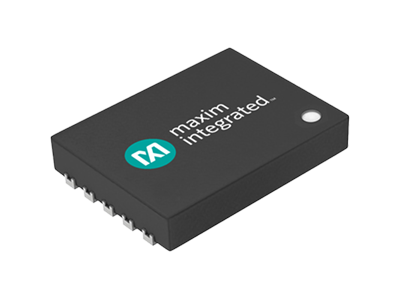Below is given a brief method statement for Installation of Isolated Power Supply units or also called IPS Units.
Pre installation requirements before commencing the installation work at site are:
Operative to attend any site induction provided by the client.
Check the power cables and earth cable sizes are done as per approved drawings.
Conduits, trunking for the power cables from IPS located room to the IPS power sockets to be completely done.
Ensure completion of conduits, trunking for the Cat 5E data cables from IPS located room to alarm locations.
Check the locations wherein the IPS units are to be installed are ventilated, accessible, clean and free from debris, foreign materials and suitable for installation.
Installation of Isolated Power Supply IPS Units
Transfer all tools and equipment required to complete the works.
Set up work site, ensuring any barriers or signage is placed.
Unpack and remove the IPS from the timber frame base.
Move-in the IPS to its final location using steel pipe rollers.
Position the IPS units as required by the client (care is to be taken when moving IPS units.
Align the IPS units horizontally and vertically.
Open panel door and remove the top protective cover.
Remove gland plate from top of panel and mark up and drill required holes for glands for incoming cables
Refit the gland plate
Following all the installation process has been completed and successfully signed off and accepted by the Consultant; cable dressing and termination will commence.
Pull all of the incoming and outgoing cables into the IPS panel and wire them into the terminal block as per the wiring diagram supplied.
Replace the top protective cover.
Remove all tools and equipment from site and from inside the installed equipment.
48V RACK POWER DISTRIBUTION
Dramatically Reduce Power Loss and Increase Power Density
Power delivery efficiency in data center equipment is at an inflection point. As cloud service power levels increase to support higher-performance processor and memory requirements, data center operators are striving for a power usage effectiveness (PUE) close to 1.00.
With a PUE of 1.00 there would be no power loss, so all the energy would be used for computing.
The most efficient data centers top out at a PUE of 1.1. Thus, the next level of IT infrastructure optimization is to reduce conversion stages and its associated losses.
Two-stage power conversion (48V-to-12V-to-load) is a common architecture to implement for powering CPUs, ASICs, SoCs, GPUs, FPGAs, and memory from 48V.
However, the efficiency of the two-stage architecture is limited by several factors, including losses due to multi-stage distribution and voltage conversion.
As a result, the efficiency for two-stage architectures has peaked at about 90%.
Our state-of-the-art, scalable, 48V direct conversion solution breaks this efficiency, density and transient performance barrier by performing a single-stage conversion (48V-to-load) using integrated power and magnetics.
48V direct-to-load conversion eliminates one power conversion stage and, in rack implementations, reduces distribution power loss by a factor of 16 over 12V architectures.
Key features and benefits of our 48V direct power conversion solution include:
- Highest available distribution and conversion efficiency resulting in a lower PUE and reduced rack power consumption
- Integrated power and magnetics provides the best transient performance
- Scalable architecture provides flexibility in tuning system for power, efficiency, and cost
Applications supported:
- DDR3 and DDR4 Memory
- Microprocessors, SoC, ASIC, FPGA, and GPU
- Intel VR13

